Review: Apple MacBook Pro (Late 2016)
 Tuesday, December 13, 2016 at 2:34PM
Tuesday, December 13, 2016 at 2:34PM 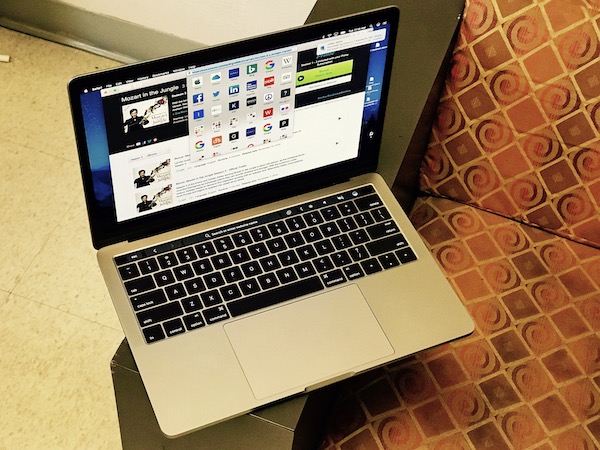 By Gadjo Cardenas Sevilla
By Gadjo Cardenas Sevilla
The new generation of MacBook Pros feel like the very distillation of Apple’s design ideals. Thin, light, and powerful hardware that’s designed to dominate in content creation, but it does so at the expense of some personality.
Apple has always made premium notebooks for professionals. Featuring the latest technologies and necessary I/O ports for connecting to various peripherals and which replicated the capabilities of the desktop Macs. While costing a premium, Apple’s PowerBooks and MacBook Pros were tools that eventually paid for themselves.
The previous MacBook Pro line has been the standard bearer of professionals and creatives. A step up from trusty MacBook Airs, the Pros didn’t just have great battery life, they had the top processing speed, and all the fine features that made getting work done a pleasure. With sharp Retina Displays, the best keyboard on the market, the best glass trackpads and an abundance of the right kind of ports .
The new MacBook Pros, well. They’re something else entirely.
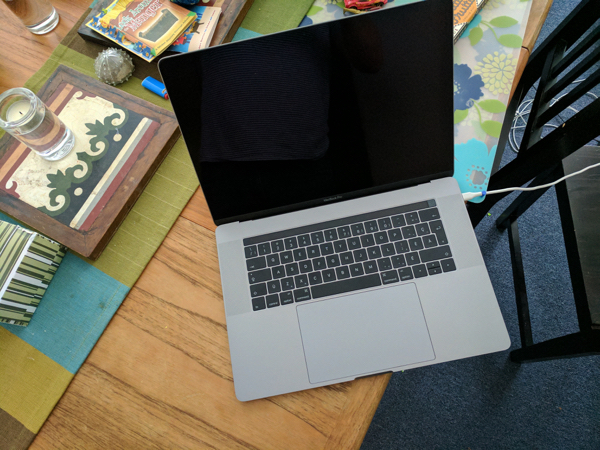
Apple has challenged all convention and, in a way, twisted many of the rules they themselves have written. Thinner and lighter form factors are a given, Apple shaves half a pound on the new MacBook Pros, which are a blend of the 12-inch MacBook and the previous generation of Pros.
We now get even better retina displays with the ability to display wide colour gamut, something few competitors have. These are even thinner panels now, which means we no longer have backlit Apple logos. Apple says this is the brightest and most colourful Mac notebook display ever and short of being an OLED panel, is really one of the most striking and bright displays you’ll see this year.
The enclosure of the MacBook Pros have also been redesigned and the result is quite dramatic. We now have a sleeker enclosure and a larger glass trackpad for improved gestures.
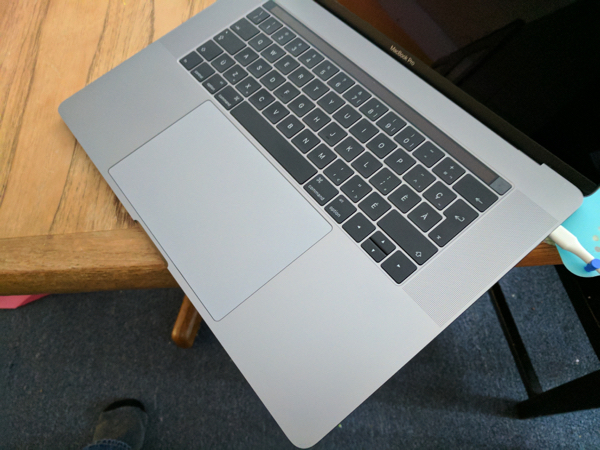
The keyboard, which I feel will be a contentious feature, is now similar to the flatter MacBook 12-inch keyboard and uses a second generation butterfly mechanism. My initial reaction was not good as typing felt hollow. After a week with the MacBook Pro, however, I’m starting to come around and can type just fine with it but it doesn't feel as responsive or smooth to me as the previous generation's chiclet-type keys.
Here’s the thing I must mention. The new generation of MacBook Pros feel like the very distillation of Apple’s design ideals. Thin, light and powerful hardware that’s designed to dominate in content creation, but it does so at the expense of some personality.
I can’t help feeling like the Mac has lost a bit of its soul just because so many aspects of its ‘personality’ have been cast away.
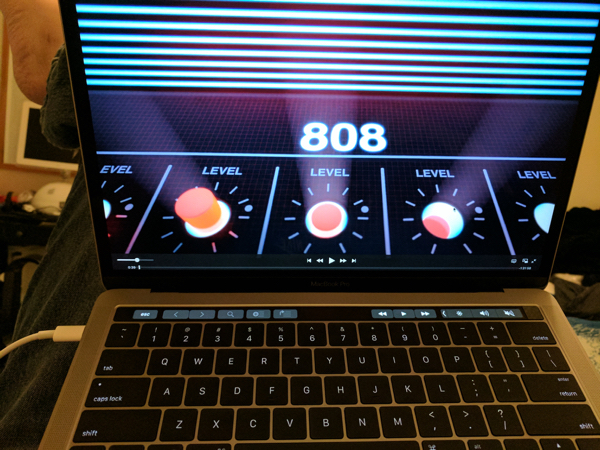
There’s no power on/off button, there’s no welcome ‘bong’ chime upon start-up, MagSafe (which has saved previous MacBooks countless times) is gone as is the charging light on the charging port.
Sure, these may feel like antiquated features, and one can even argue that they have no place in a ‘Pro’ notebook. Point taken, I still feel like these little touches were points of communication between a user and their machine, simple interactions that showed Apple sweated the little details to make the experience friendlier and more accessible. Features that inevitably made you choose a Mac over it s PC counterparts.
The new MacBook Pros feel like they’re all business, precision tools for A-level executives, manic multitaskers as well as the traditional market of photographers, videographers and creatives (provided these customers make the necessary investment in dongles, cables and connectors).
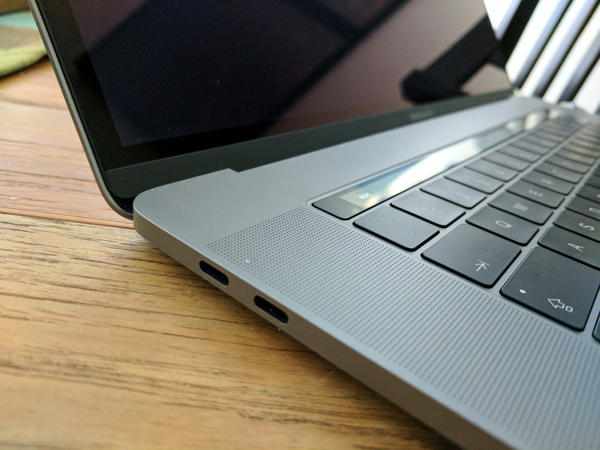
This is a point of contention. While the new colours and thinner profile as well as the move to faster USB Type-C charging are all welcome evolutions, they now force many users out of their comfort zones.
You can now plug your charger in any of the four ports, but if you want to offload photos from a camera or SD Card, plug in a USB thumb drive, output video to a projector or a TV you’re SOL, unless you happen to have the necessary adapter handy.
For seasoned MacBook Pro users, this is a new problem that they’ve really not had to deal with before, and it comes with a higher price tag for the MacBook as well as whatever dongle they need to invest in just to work in a way they’re used to. It’s a lot to ask for.
Starting point is the 12-inch MacBook
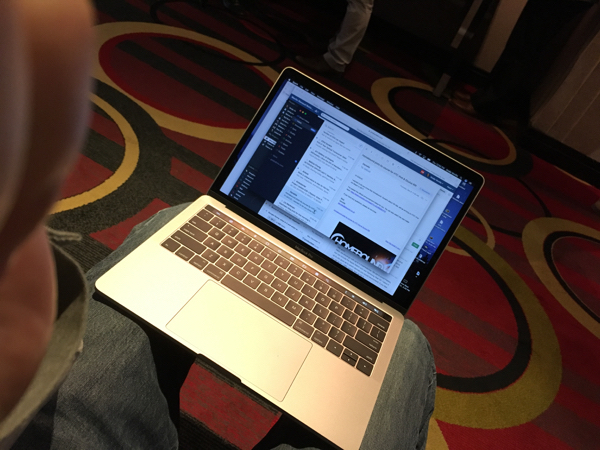
The evolution of the MacBook Pro line takes a lot of the characteristics of the 12-inch Retina MacBook, specially the slimmed down design, new keyboard mechanism, giant trackpad, louder speakers and the inevitable move to USB Type-C A.K.A Thunderbolt 3 as the main way to connect to external devices.
There’s very little in terms of design and execution that transitioned over from the previous generations of MacBook Pro. These new MacBooks really present an evolution from which the 12-inch Retina MacBook is the starting point. Your decision to upgrade depends entirely on whether you buy in to these ‘innovations’ and love the new form factor enough to make significant changes to the way you compute.
So, if you’re coming from a 12-inch Retina MacBook, not only will the new Pros feel very familiar, they will be delightfully well-equipped. Larger displays, more responsive keyboard, more than adequate power, three more ports!
Let's talk Touchbars
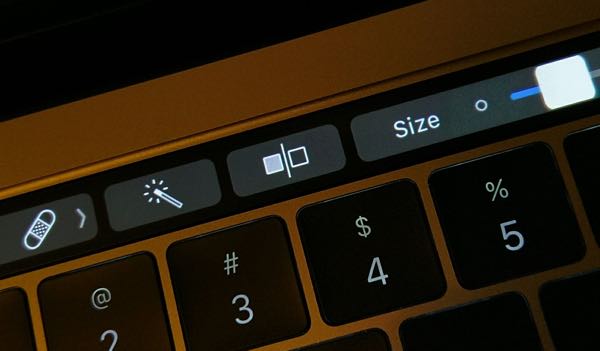
The MacBook Pro's key innovation is the Touchbar which is a malleable and ever-morphing strip touchscreen provides a number of solutions or, at least, options to whatever app you’re working on. The Touchbar removes the physical function keys that also doubled as volume, playback brightness and Mission Control buttons, it also removes the physical ESC key which might be an issue for coders. You ‘can’ bring back the function keys but as icons on the OLED display.
I was not a heavy user of the function keys, but I do miss the one-step press to toggle volume and brightness. It will feel weird not to have this extra row of buttons but the benefit of a mighty morphin’ touchbar has no bounds.
In terms of design and sheer engineering, there's no argument that the Touchbar brings a unique layer of interaction to macOS Sierra's inherently non-touch interface. Getting rid of the function key strip and replacing it with a seemingly magical array of options, does make better use of that space but it also adds extra steps to many helix used key functions.
Touchbar is essentially an iOS device embedded right into the keyboard, complete with its own processor, and all which is really remarkable in a device this thin. How long must Apple have worked to refine this feature? I’ve heard that it has been in gestation for close to 10 years.
The downside is simple tasks, like making the volume louder, now take two steps rather than one. The analog way was to press a button and the sound gets louder, now you need to invoke a volume bar, which appears, and then you need to scrub or press on the Touchbar to get the same task done.
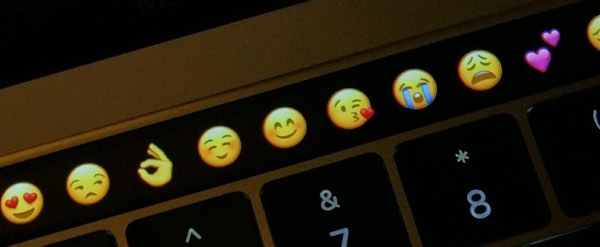
Same with when you're typing on a document, the Touchbar quickly skims through a range of predictive words you can simply tap to choose. This, in theory, is brilliant, but many of us just don't work that way. The Touchbar adds many options but it can also distract as you take your eyes away from the display to muck around in the controls. This may or may not be a big deal depending on how you work. Touching the display is far more natural and cohesive, in my opinion.
On minor annoyance for me was that I kept invoking Siri (which is right above the Delete button). I eventually learned that it is easy to map the Touchbar and make unwanted keys disappear so the Siri button was duly banished, try doing that on your mechanical keyboard.
The usefulness of the Touchbar makes itself apparent through time. Like any new thing, the more you use it, the more sense it makes. Receiving Facetime calls, scanning e-mail in Spark, editing photos in iPhoto and videos in iMovie are all made better by the Touchbar.
TouchID, which removes the need to key in a password each time you wake you Mac or when you purchase items on the App Store or even on select websites that accept online ApplePay is very convenient. PC's have had fingerprint recognition for years but it was never this good, or effective and securely unlocking a device for access or for transactions.
Shifting the Paradigm
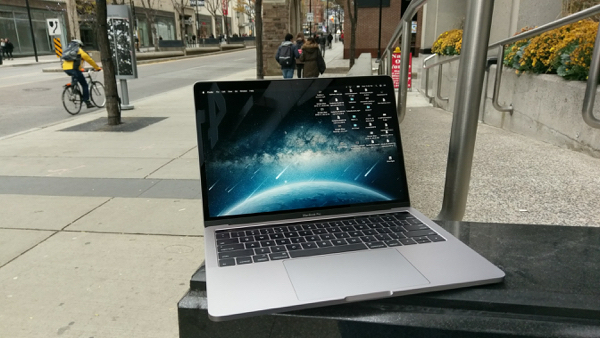
It is no secret that the iPhone and iOS informs Apple’s design and feature directions across the product lines. iOS is the testbed for technology and features that make it across to the Mac.
Take for example the range of colours (classic silver, stylish space grey, luxurious gold and shimmery rose gold) first made their way to iPhones, then iPads, and later on MacBooks and now, to a lesser extent, MacBook Pros.
Ditto for technologies like wide colour gamut displays, Force Touch or 3D Touch, Touch ID, Apple Pay, AirDrop, Handoff and Continuity; all saw their genesis on the iPhone but are now standards across the product line.
This signifies a serious paradigm shift. For years, PCs informed the mobile market and the experiences and interfaces one could have on mobile devices albeit in a scaled down, mostly inadequate fashion.
Apple has flipped the script. As I type this review on the Ulysses word processor on my MacBook Pro, I am seeing the Touchbar offer me various predictive words, not unlike my iPhone keyboard.
Even the way the new MacBook Pros act have become much more like iOS devices (i.e. no startup chime, wake from sleep, one type of port for all devices, exceedingly thin Retina Displays, a simpler plug and charger). If there was a tug-of-war between iOS and macOS, it’s clear the iOS has been chosen to be the winner.
For more seasoned Mac users, both consumers and pros, this all seems a bit overwhelming, but for any new customer, or anyone who has owned an iPhone or an iPad in the past nine years, or id you’re stepping up from a 12-inch MacBook, the features and functions of the new MacBook Pros aren’t only familiar, they make complete sense. The perspective really changes depending where you’re coming from.
As much as I tried to love the new MacBook Pros, the odd feel of the keyboard, the seemingly weakened battery life (I got nowhere near the 10 hours promised on the 13-inch model, more like 5-6 hours), made me somehow value the previous generation MacBook Pros more for the peerless productivity workhorses that they are.
Conclusion
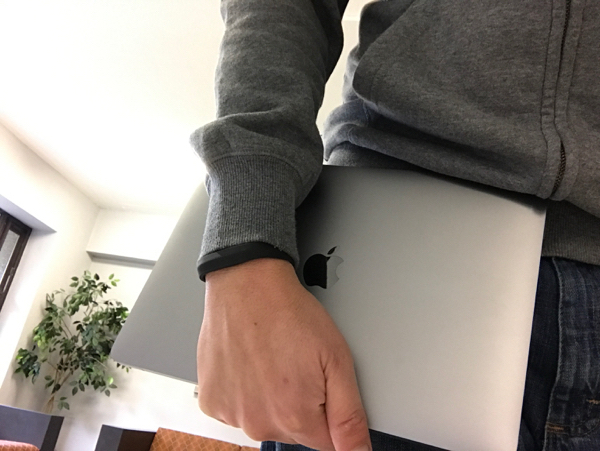
Hits:
- Thin and light form factor, updated processors, fast SSDs
- Gorgeous new Retina Displays with wider colour gamut are great for viewing photos & videos
- Larger touchpad improves gestures
- Touchbar adds value, expands functionality across various applications
- Louder speakers now have more depth and range of sound
- Half a pound lighter than predecessor
Misses:
- Ports are now all Thunderbolt 3 (USB Type-C), adapters to connect to peripherals, video and memory are a necessity
- New keyboard is an acquired taste
- Battery life seems less than predecessor
- Pricey
Verdict:
The MacBook Pros usher in a new era for personal computing. Apple’s refusal to add touch functionality to macOS (lest it cannibalize iOS) has resulted in two workarounds that assist users in interacting more intimately with their technology and the work they are trying to get done. The larger trackpad and the Touchbar are as touch friendly as macOS is going to get for now.
The new MacBook Pros are faster than their predecessors and also more mobile and portable. The addition of a new space grey colour gives the Pros a slightly more businesslike sheen and the addition of USB Type-C across the board is a bold move and the right move. This is the I/O of the future, if you don’t believe me, just check out the leading flagship Android smartphones in the market right now they are all on USB Type-C.
The higher price for these new MacBook Pros is unfortunate, as is the apparent step back in battery life, loss of MagSafe adapter, and the deletion of the built-in microSD card port and the new keyboard. While the new MacBook Pros are innovative, they don’t have the snap, crackle and pop fans of the previous-gen will be clamouring for.
Still, it is hard to deny the great new design, the gorgeous new Retina Displays, the super fast SSD storage, the versatile Touchbar, lighter form factor, vastly improved speakers and ability to charge the device from any of the four ports are all forward moves that will delight anyone who makes a commitment to Apple’s renewed vision for a pro portable computer.
Rating: 4 out of 5




















Reader Comments